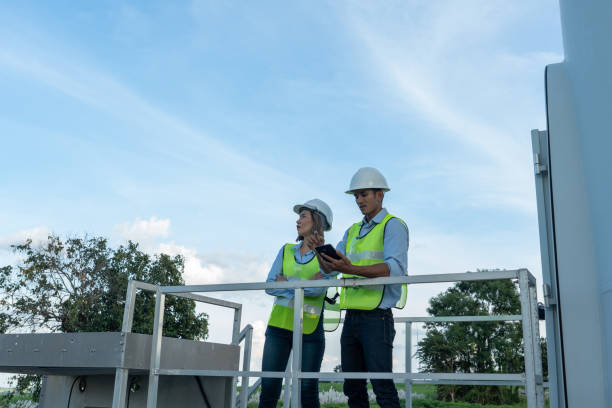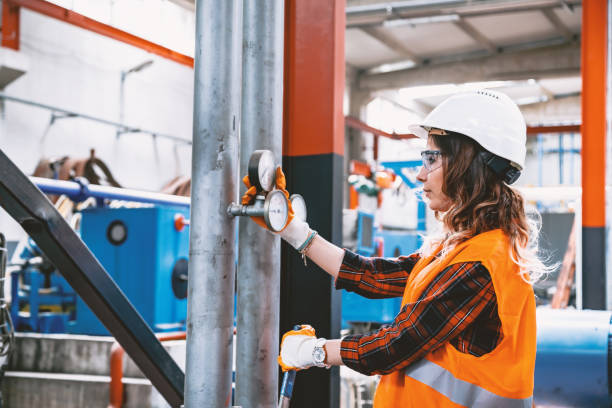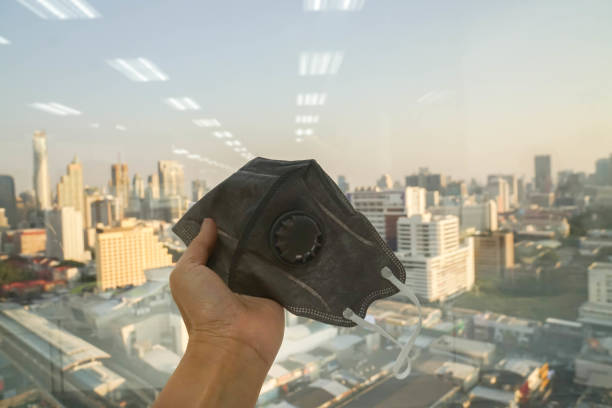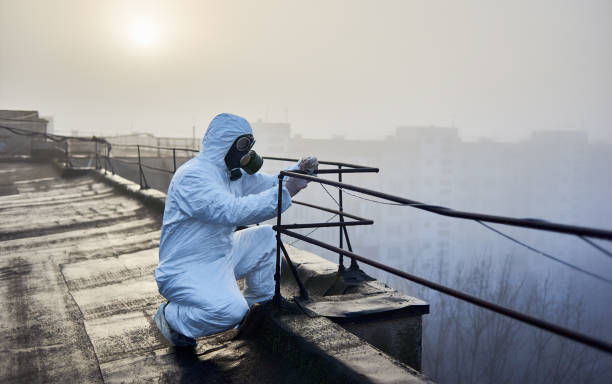Residential Air Quality Testing
Your home should be safe, but indoor air pollution can go unnoticed. Household contaminants like dust mites, mold spores, VOCs, and formaldehyde can trigger allergies, asthma, and other health issues. We test for all major pollutants affecting indoor air quality, analyze results in a certified lab, and provide solutions to improve your home’s air.
- ✔ Identify airborne toxins
- ✔ Detect hidden mold & allergens
- ✔ Ensure compliance with health standards
- ✔ Get fast, detailed test results





